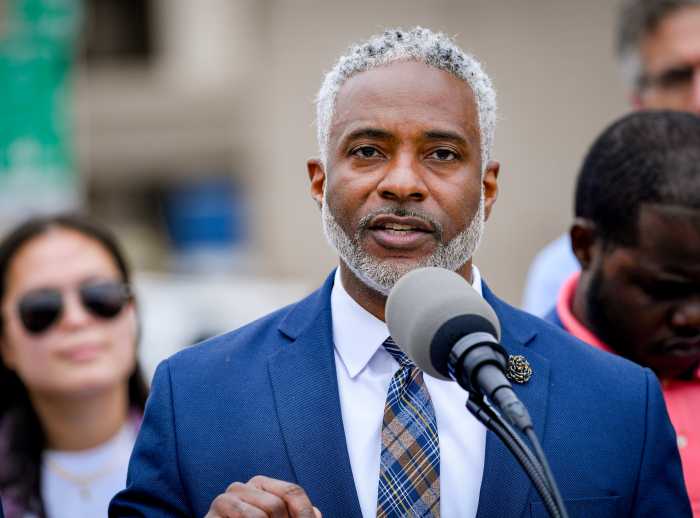
Three weeks before the 2013 mayoral election, Republican Joe Lhota released an ad titled “Can’t Go Back.” It warned that if elected, Bill de Blasio would return NYC to the bad days of the ’70s.
At the time, the post-apocalyptic ad was panned as a desperate attempt by a candidate trailing badly in the polls. The ad was long on hyperbole, somewhat misleading, and short on explanations — such as how progressivism contributed to the difficulties in the 1970s.
Lhota’s argument was that de Blasio endorsed policies — a court-appointed NYPD monitor, decriminalization of small amounts of marijuana and changes in stop and frisk — that would lead to an increase in crime.
Eighteen months later, there is some emerging fear that Lhota may have been right because de Blasio has overseen a substantial and alarming rise in shootings and killings.
According to the NYPD:
For the first time since the end of the 1990s, shootings in the city have risen two years in a row.
Shootings increased by 9 percent over last year, putting them 20 percent higher than shootings during the same period in 2013.
Homicides rose 20 percent in the first five months of this year (113 this time last year to 135 this year).
Homicides by gunfire are up 72 percent — 98 this year, up from 69 in both 2013 and 2014.
Sex crimes have spiked 20 percent from the same period last year (1,003 to 1,203).
The data — combined with reports of violent weekends, Central Park muggings, discussion of decriminalizing low-level crimes, calls to end broken-windows policing and de Blasio’s refusal to support Commissioner Bill Bratton’s request for more police — have contributed to a sense of unease among some.
The NYPD is fighting an increase in crime with its Summer All Out initiative, which includes adding or rescheduling 350 officers to high-crime precincts.
While de Blasio can accurately say crime in the city is down overall and this isn’t the 1970s, the problem politically is that when it comes to crime, perception can often become reality.
For all its hyperbole, Lhota’s ad warned of something that de Blasio has to both address and answer to. Under his watch, the increase in violent crime and the fear that often accompanies it are real.
Jeanne Zaino is a professor of political science at Iona College and campaign management at NYU.





































